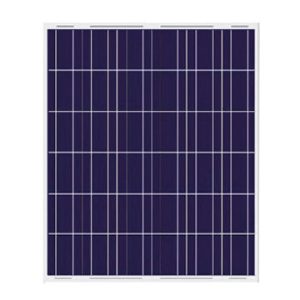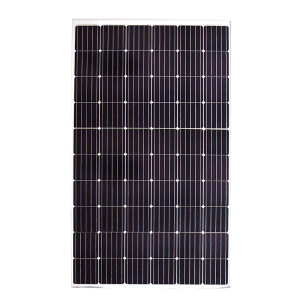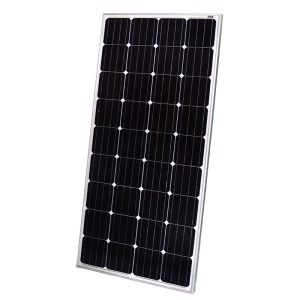In an era where sustainability is not just a buzzword but a necessity, the 6.6 kW solar system stands as a beacon of efficiency and affordability. You’re not just here to skim through numbers; you’re here to understand what those numbers mean for you. This article aims to be your comprehensive guide to understanding the average cost of a 6.6 kW solar system, breaking down the complexities into digestible insights.
Why 6.6 kW Solar Systems?
The 6.6 kW solar system is not an arbitrary number plucked from the air; it’s a well-calibrated choice for homeowners looking for a balance between performance and cost. On average, such a system will produce between 400-900 kWh of electricity per month, depending on sun exposure. This range is not just a statistic; it’s a promise of self-sufficiency, reducing your reliance on the grid and lowering your monthly bills.
Factors Affecting the Cost
When it comes to the cost of a 6.6 kW solar system, the devil is in the details. Here are the key factors:
- Location: The geographic location of your home can significantly affect the cost. Areas with higher sun exposure may require fewer panels, thus reducing the cost.
- Type of Panels: From monocrystalline to polycrystalline and thin-film, the type of solar panels you choose has a direct impact on the cost.
- Installation Costs: This includes labor, mounting systems, and any electrical work needed. These costs can vary depending on the complexity of the installation.
Current Market Trends
As of January 2023, the average cost of solar is about $3.00 per watt. Doing the math, a 6.6 kW solar system in the U.S. can cost around $18,000 before taking into account any incentives or rebates. But hold on, the story doesn’t end here. After applying federal incentives, the cost comes down to approximately $11,810. These numbers aren’t static; they’re influenced by a myriad of factors, including technological advancements and market demand.
Comparing Prices and Installers
In a market teeming with options, comparing prices and installers is not just advisable; it’s imperative. Multiple offers can save you up to 20%, but the lowest price isn’t always the best deal. Here’s how to navigate this:
- Quality Over Price: A cheaper system may save you money upfront but could cost you more in the long run due to maintenance and lower efficiency.
- Credentials and Reviews: Always check the credentials of the installer and read customer reviews. A reputable installer is worth the extra cost.
- Warranty and After-Sales Service: A long-term warranty and reliable after-sales service can be a lifesaver, literally and financially.
Incentives and Rebates
The initial cost may seem daunting, but incentives and rebates can significantly lighten the financial load. Here’s the lowdown:
- Federal Incentives: The federal government offers tax credits that can reduce the cost by a substantial margin.
- State Incentives: Many states offer additional incentives, which can be stacked on top of federal incentives.
- Utility Rebates: Some utility companies offer rebates for solar installations, further reducing your net cost.
Long-term Savings
While the upfront cost is a significant factor, the long-term savings should not be overlooked. A 6.6 kW solar system can pay for itself in just a few years, thanks to the savings on your energy bills. Here’s how to calculate the ROI:
- Energy Bill Savings: Calculate your average monthly energy bill and compare it with the estimated savings from your solar system.
- Maintenance Costs: Factor in the minimal maintenance costs, which are usually outweighed by the savings.
- Resale Value: Solar installations can increase the resale value of your home, offering an additional financial benefit.
Installation Guide
Installing a 6.6 kW solar system is not a weekend DIY project; it’s a significant investment that requires meticulous planning and execution. Here’s a step-by-step guide:
- Site Assessment: A professional will assess your property to determine the optimal setup.
- Permitting: Necessary permits must be obtained from local authorities.
- Installation: Professional installers will mount the solar panels, set up the inverter, and connect the system to your home’s electrical grid.
- Inspection and Activation: After installation, the system will be inspected and then activated, marking your foray into sustainable living.
FAQs
How Much Electricity Does a 6.6 kW System Produce?
A 6.6 kW system can produce between 400-900 kWh of electricity per month, depending on factors like location and sun exposure.
Is It Worth Investing in a 6.6 kW System?
Absolutely. The long-term savings, coupled with environmental benefits, make it a worthwhile investment.
What Are the Maintenance Costs?
Maintenance costs are generally low and often offset by the savings on your energy bills.
Conclusion
The average cost of a 6.6 kW solar system is not just a figure; it’s a gateway to a more sustainable and financially savvy lifestyle. With costs ranging from $18,000 before incentives to $11,810 after federal rebates, the initial investment can seem steep. However, the long-term savings, both for your wallet and the planet, are invaluable. As you navigate through quotes, installers, and incentives, remember that the cheapest option is not always the best. Quality, credibility, and long-term performance should guide your decision.



